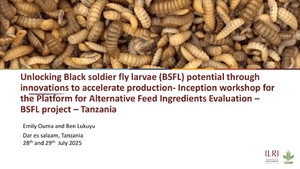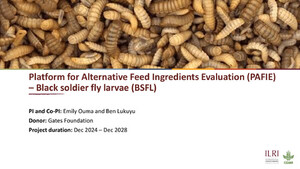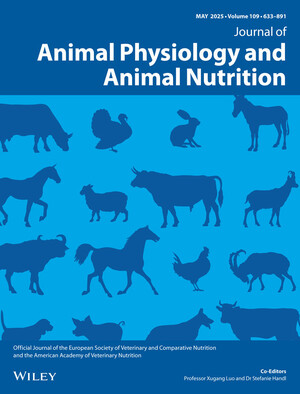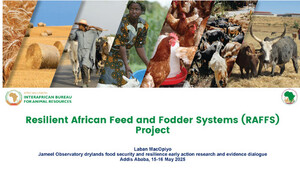
Crop residues management and nutritional improvement practices
Abstract
Crop residues are the second most important feed source for livestock next to grazing lands in the crop-livestock mixed production system in Ethiopia. However, their contribution to livestock feed in pastoral and agropastoral areas is insignificant. The major crop residues are cereals, namely, maize, teff, sorghum, wheat and barley, which account for more than 80% of the total acreage and production of the major food crops in the country. In the last three decades, crop residue production has sharply increased as farmers use more land to grow cereals and use improved technologies. However, the adoption of crop residues as feed for livestock to improve productivity is low because of its poor quality. It is known that crop residues are low in protein and
energy content, and high in fibre.
Citation
Assefa, G., Bezabih, M., Mekonnen, K., Adie, A., Gebreyes, M. and Seifu, H. 2022. Crop residues management and nutritional improvement practices. AICCRA Info Note. Accelerating Impacts of CGIAR Climate Research for Africa (AICCRA).










